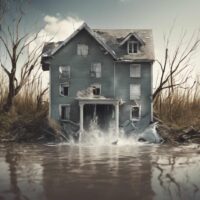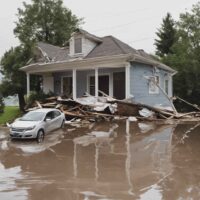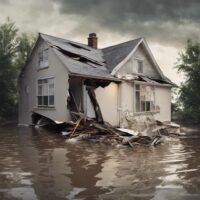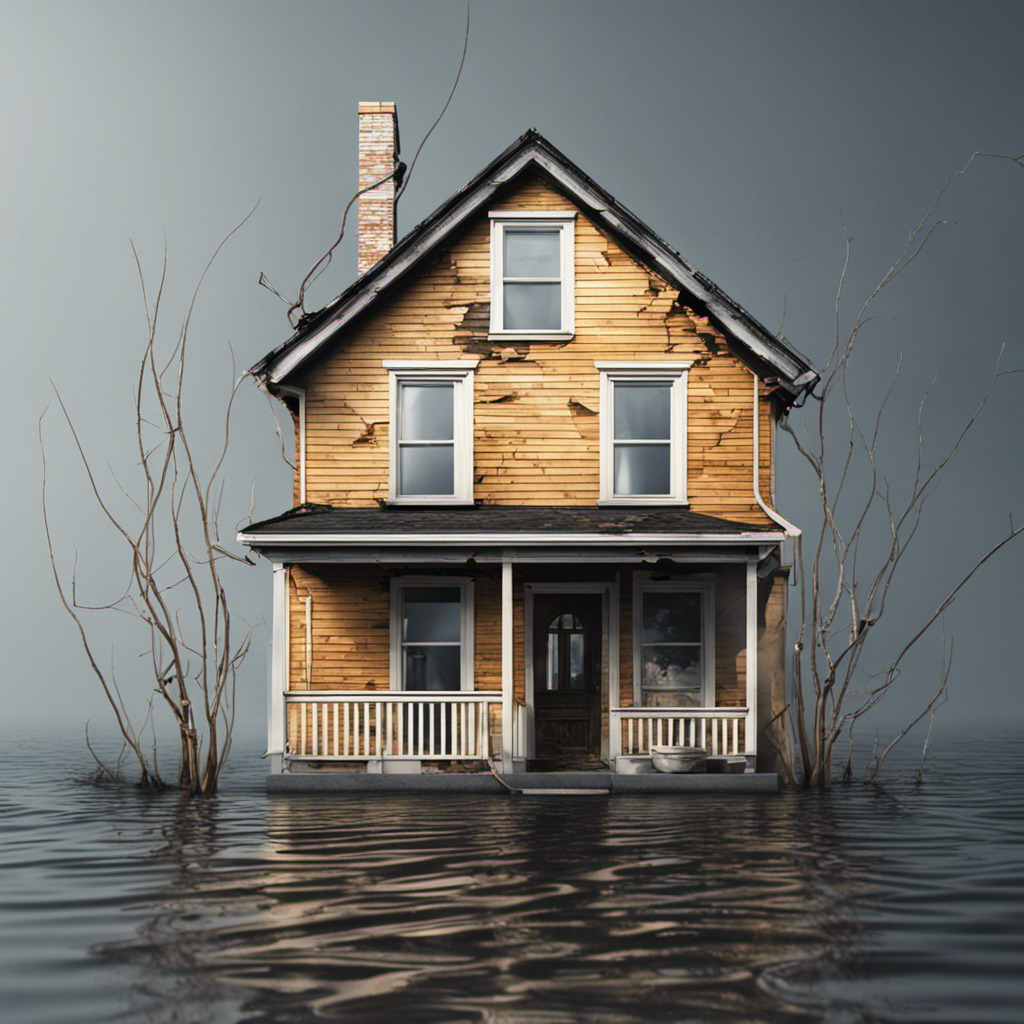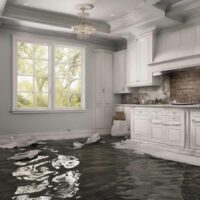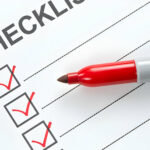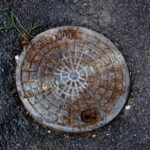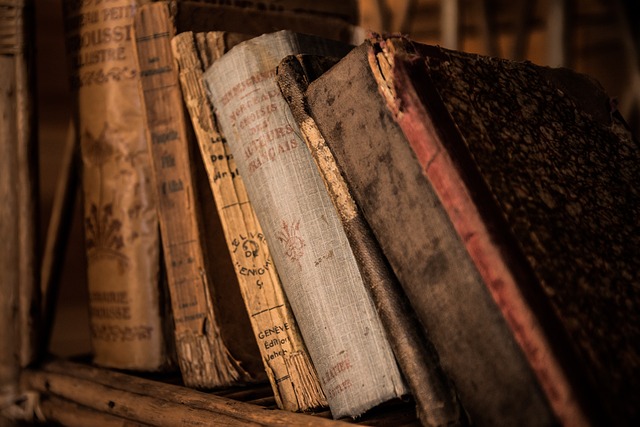
Libraries are knowledge and cultural treasure troves, containing a vast number of books, manuscripts, and other priceless materials. Nevertheless, the foundation of these repositories may be jeopardized by water damage, which necessitates careful inspection and swift action.
This thorough guide will cover all the ins and outs of assessing and dealing with water damage in libraries. From spotting damage to putting restoration plans into action, let us take a closer look at what has to be done to protect these repositories of knowledge.
See also our post on Water Damage Restoration Guide: How to Restore Property After a Disaster
How to Recognize the Signs of Water Damage
Stains and Discoloration
Observe for stains and discoloration on ceilings, walls, and shelves. Water stains are visible evidence of leaks and can indicate the extent of damage.
Musty Odors
Pay attention to musty odors, which may suggest the presence of mold or mildew. These unpleasant scents often accompany water damage and signal the need for investigation.
Warped or Buckled Materials
Inspect wooden shelves, furniture, and flooring for warping or buckling. These physical distortions are common indicators of water absorption and saturation.
Deterioration of Paper and Books
Examine books, documents, and other paper materials for signs of deterioration, including wrinkling, curling, or molding. These changes signal exposure to excessive moisture.
Unusual Sounds
Listen for any unusual sounds, such as dripping or creaking. These auditory cues may lead you to the source of a leak or water-related issue.
How to Conduct a Systematic Visual Inspection
Ceiling and Roof Examination
Begin your inspection by closely examining the ceiling and roof. Look for water stains, sagging panels, or visible leaks that may compromise the structural integrity.
Wall and Floor Assessment
Check walls and floors for any signs of dampness, discoloration, or irregularities. Pay particular attention to corners and areas near windows, where water intrusion is more likely.
Plumbing Inspection
Inspect plumbing fixtures, including pipes, faucets, and sprinkler systems. Leaks or water stains around these areas can point to plumbing issues that need immediate attention.
Window and Door Evaluation
Examine windows and doors for gaps, cracks, or damaged seals. Improper sealing can allow water infiltration, affecting both the immediate surroundings and the collection.
HVAC System Review
Assess the heating, ventilation, and air conditioning (HVAC) system for leaks or condensation issues. Ensure that the system is properly maintained to prevent excess moisture.
How to Utilize Technology for Detection
Moisture Meters
Use moisture meters to measure the moisture content of materials. This technology helps identify areas with elevated moisture levels, aiding in pinpointing the source of water damage.
Thermal Imaging Cameras
Employ thermal imaging cameras to detect temperature variations. These cameras can reveal hidden water damage by identifying cooler areas indicative of moisture.
Hygrometers
Utilize hygrometers to measure the humidity levels within the library. Monitoring humidity is crucial for preventing mold growth and preserving the integrity of paper-based materials.
Infrared Thermometers
Apply infrared thermometers to identify temperature disparities on surfaces. Cold spots may indicate areas where water has infiltrated, helping in targeted inspection.
Data Loggers
Deploy data loggers to continuously monitor environmental conditions. These devices record temperature and humidity levels over time, providing valuable data for assessment.
See also our post on 15 Important Water Damage Restoration Tips
How to Evaluate Collection and Furniture Damage
Book and Document Inspection
Thoroughly examine books, documents, and manuscripts for visible damage. Pay attention to mold growth, warping, or discoloration, which can compromise the collection.
Assessing Furniture
Evaluate wooden furniture for signs of water damage, including swelling, warping, or mold growth. Promptly address damaged furniture to prevent further deterioration.
Digital Materials Review
Check electronic devices and digital materials for functionality. Water exposure can damage electronic components, rendering devices unusable.
Mold Identification
Identify and address mold growth promptly. Mold can thrive in damp environments and poses risks to both the structural integrity of the library and the health of occupants.
Salvaging Irreplaceable Items
Prioritize the removal and preservation of irreplaceable items from affected areas. Immediate action can minimize damage to invaluable artifacts and historical materials.
How to Implement Immediate Mitigation Measures
Water Extraction
Swiftly extract standing water using specialized equipment like wet vacuums or pumps. This prevents further absorption by materials and mitigates potential damage.
Dehumidification
Introduce dehumidifiers to reduce excess moisture in the air. Controlling humidity levels is essential for preventing mold growth and preserving the library’s contents.
Ventilation Enhancement
Improve ventilation within the library by using fans or opening windows. Increased air circulation accelerates the drying process and aids in preventing mold formation.
Temporary Barriers
Deploy barriers, such as plastic sheeting, to isolate affected areas and prevent the spread of water. This containment measure helps control the scope of the damage.
Communication with Stakeholders
Immediately communicate with library stakeholders, including staff, patrons, and relevant authorities. Transparency about the situation fosters understanding and collaboration in the recovery process.
Steps for Collaborating with Restoration Professionals
Rapid Response
Engage professional restoration services promptly. Rapid response from experts minimizes the duration of exposure to water and enhances the effectiveness of restoration efforts.
Expert Assessment
Allow restoration professionals to conduct a thorough assessment of the damage. Their expertise ensures a comprehensive understanding of the extent of water damage and informs the restoration plan.
Specialized Drying Techniques
Utilize specialized drying techniques and equipment, such as industrial-grade dehumidifiers and air movers. Professionals can employ these tools to expedite the drying process efficiently.
Restoration Planning
Collaborate with restoration professionals to develop a detailed restoration plan. This plan should address not only immediate concerns but also long-term measures to prevent future water damage.
Monitoring Progress
Regularly monitor the progress of restoration efforts. Open communication with restoration professionals ensures alignment with goals and allows for adjustments as needed.
How to Prevent Future Water Damage
Regular Maintenance
Implement a routine maintenance schedule for the library. Regular inspections and proactive repairs address potential issues before they escalate.
Upgrading Infrastructure
Consider upgrading the library’s infrastructure to incorporate modern waterproofing technologies. This may include improved roofing systems, drainage solutions, and enhanced seals.
Staff Training
Train library staff on water damage prevention and response protocols. Staff awareness and prompt action are vital in minimizing the impact of potential water-related incidents.
Disaster Preparedness Plan
Develop a comprehensive disaster preparedness plan that includes specific measures for water damage prevention and response. Regular drills ensure staff readiness in emergencies.
Community Engagement
Engage with the local community to raise awareness about the importance of water damage prevention. Foster a sense of collective responsibility for preserving the cultural and educational assets within the library.
See also our post on Top Water Damage Restoration Procedure
Conclusion
When it comes to libraries, water damage is a serious risk to knowledge and cultural heritage preservation. Libraries must be able to evaluate and respond quickly to water damage in order to protect these archives. Libraries can effectively manage water damage by identifying indicators, using technology, and working with experts.
Let this all-encompassing guide serve as a beacon for libraries, providing knowledge and tactics to help them not only rebuild after water damage but also withstand future threats. By doing this, we help to ensure that these priceless establishments continue to be sanctuaries of research and learning for future generations.
